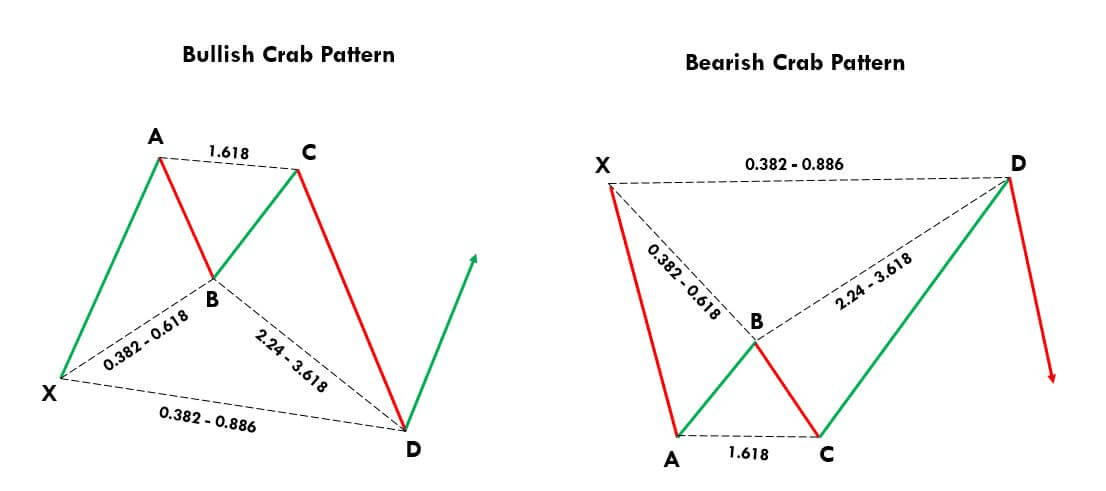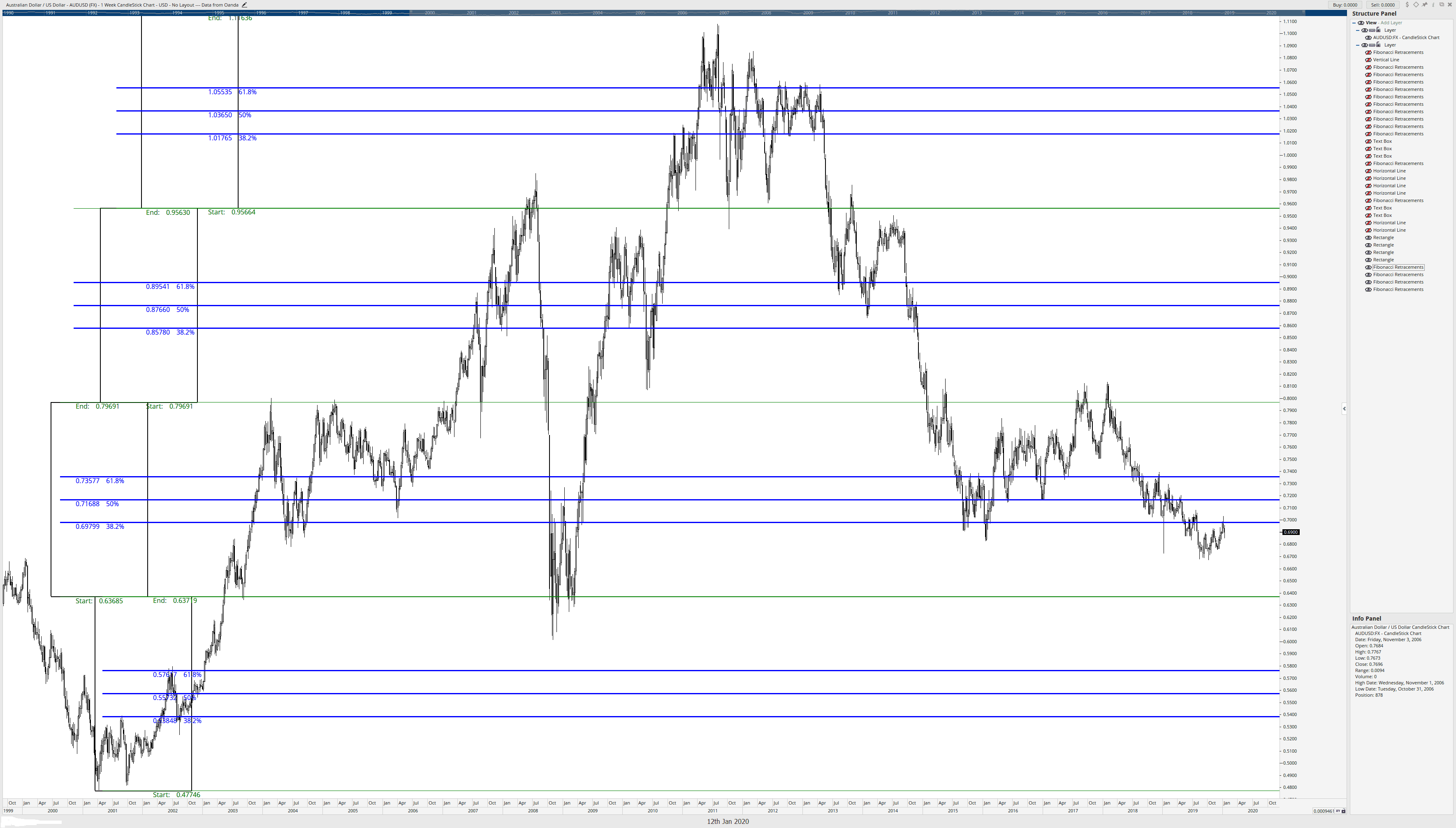Forex Trading Strategies for Using the Harmonic Crab Pattern: Approaches for Trading with the Harmonic Crab Pattern
The world of forex trading is intricate and dynamic, where successful traders constantly seek innovative strategies to maximize profits and minimize risks. One such strategy gaining popularity is the utilization of harmonic patterns, and among them, the Harmonic Crab pattern stands out as a powerful tool for identifying potential trend reversals. In this article, we will delve into the intricacies of the Harmonic Crab pattern, exploring various approaches for effective trading with this pattern.
Table Content
I. Understanding the Harmonic Crab Pattern
II. Trading Approaches with the Harmonic Crab Pattern
1. Pattern Recognition and Entry Points
2. Fibonacci Confluence
3. Risk Management
4. Target Identification
5. Timeframe Consideration
6. Combining Fundamental Analysis
7. Back testing and Practice
III. Footnote
Understanding the Harmonic Crab Pattern
Harmonic patterns are a form of technical analysis used to predict potential price movements in financial markets. These patterns are formed by specific price relationships between consecutive price swings. The Harmonic Crab pattern is a relatively recent addition to this repertoire, discovered by Scott Carney in his book "Harmonic Trading, Volume Two." It is characterized by its intricate structure and its ability to pinpoint reversals with remarkable accuracy.

The Harmonic Crab pattern is defined by the following key Fibonacci ratios:
1. XA: This is the initial price swing and can be any length.
2. AB: This is a retracement of XA and should be around 38.2% or 61.8% of XA.
3. BC: This is an extension of AB, usually 161.8% of AB.
4. CD: This is a retracement of BC, typically around 38.2% or 88.6% of BC.
The Crab pattern is validated when the BC leg extends beyond the XA leg, creating a crab-like appearance. This pattern indicates a potential reversal zone where traders can take advantage of the impending price change.
Trading Approaches with the Harmonic Crab Pattern
Trading with the Harmonic Crab pattern requires a comprehensive understanding of its components and a strategic approach to capitalize on its predictive power. Here are some effective approaches to consider:
1. Pattern Recognition and Entry Points:
The first step is to identify the completed Harmonic Crab pattern on a price chart. The pattern's completion is confirmed when the CD leg reaches the 38.2% or 88.6% retracement of the BC leg. At this point, traders can consider potential entry points:
a) Conservative Entry: Enter the trade when the price confirms a reversal by creating a bullish candlestick pattern (e.g., engulfing, hammer) at the completion of the pattern. This approach prioritizes minimizing false signals.
b) Aggressive Entry: Enter as soon as the CD leg reaches the specified retracement level. This approach seeks to capitalize on early trend reversal signals, though it may result in more false signals.
2. Fibonacci Confluence:
Combining the Harmonic Crab pattern with other technical tools can enhance its effectiveness. Look for confluence between the pattern's Fibonacci levels and other support/resistance levels, trendlines, or moving averages. When multiple indicators align at a specific price point, it strengthens the potential reversal signal.

3. Risk Management:
As with any trading strategy, risk management is crucial when trading the Harmonic Crab pattern. Determine your risk tolerance and position size based on your trading capital. Placing a stop-loss order below the low of the CD leg or below the XA leg's starting point can help protect your capital in case the trade doesn't go as anticipated.
4. Target Identification:
Identifying potential price targets is an essential aspect of trading the Harmonic Crab pattern. Fibonacci extensions can be used to project potential price levels where the market might reverse again. The 61.8% and 100% extensions of the BC leg are common targets for taking profits.
5. Timeframe Consideration:
The Harmonic Crab pattern can be applied across various timeframes, from intraday trading to longer-term investing. Consider the timeframe that aligns with your trading style and goals. Shorter timeframes may yield more frequent but potentially smaller moves, while longer timeframes might offer more significant trends.
6. Combining Fundamental Analysis:
While the Harmonic Crab pattern relies heavily on technical analysis, combining it with fundamental analysis can provide a more comprehensive view of the market. Events such as economic data releases, central bank decisions, and geopolitical developments can impact currency movements. Being aware of these factors can help you make more informed trading decisions.
7. Back testing and Practice:
Before implementing the Harmonic Crab pattern in live trading, it's crucial to back test your strategy on historical price data. This helps you evaluate the pattern's effectiveness, refine your entry and exit rules, and gain confidence in your approach. Additionally, consider practicing on a demo account to gain real-time experience without risking real capital.
Footnote
The Harmonic Crab pattern is a powerful tool for forex traders seeking to identify potential trend reversals with a high degree of accuracy. By understanding its components, recognizing valid patterns, and applying well-defined trading strategies, traders can harness the predictive power of the Harmonic Crab pattern to their advantage. Remember that no trading strategy is foolproof, and risk management remains paramount. Whether you're a novice trader or an experienced investor, incorporating the Harmonic Crab pattern into your trading toolkit could potentially enhance your trading results in the dynamic world of forex.











Discussion